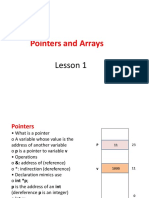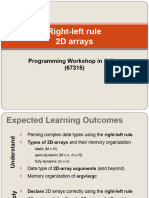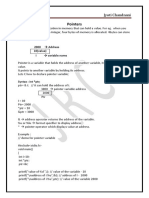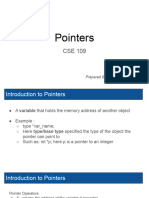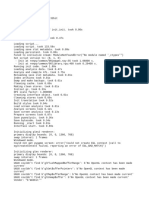0% found this document useful (0 votes)
6 views16 pagesDistributed Computing Lab 2
distributed computing labs
Uploaded by
mustafa.hussein1907Copyright
© © All Rights Reserved
We take content rights seriously. If you suspect this is your content, claim it here.
Available Formats
Download as PDF, TXT or read online on Scribd
0% found this document useful (0 votes)
6 views16 pagesDistributed Computing Lab 2
distributed computing labs
Uploaded by
mustafa.hussein1907Copyright
© © All Rights Reserved
We take content rights seriously. If you suspect this is your content, claim it here.
Available Formats
Download as PDF, TXT or read online on Scribd
/ 16

























